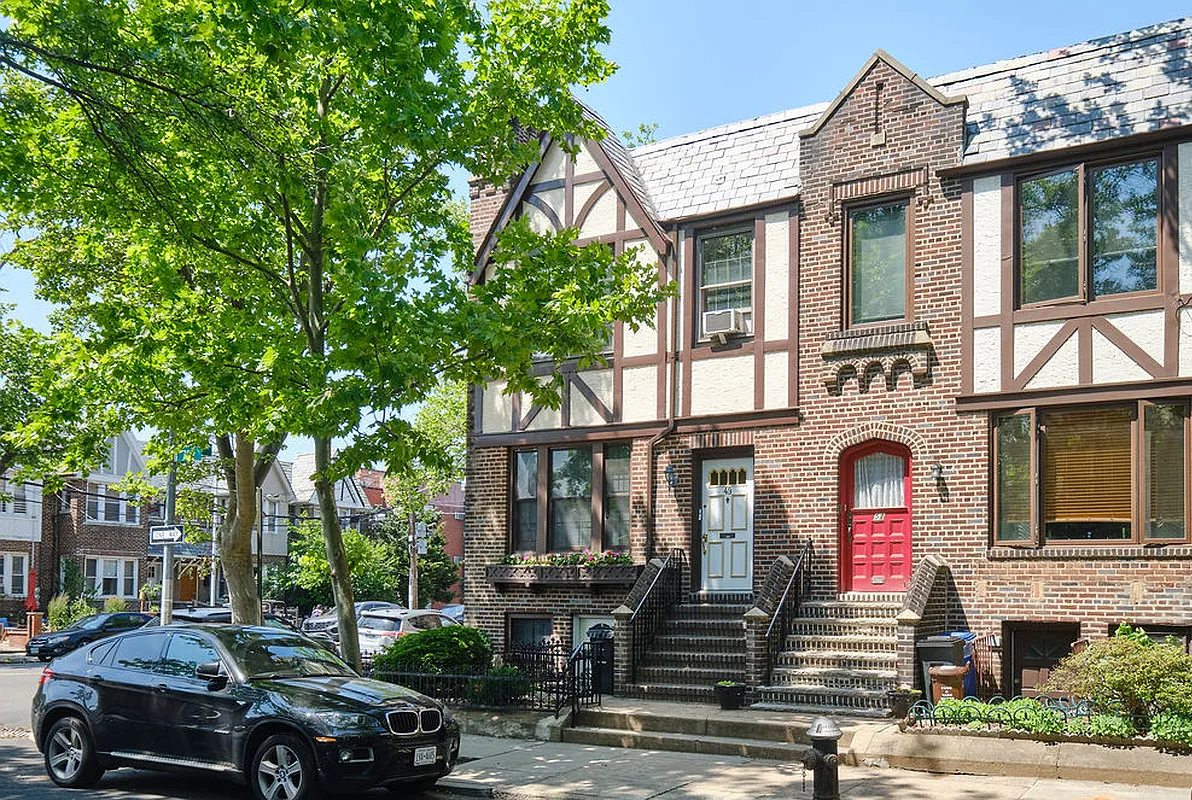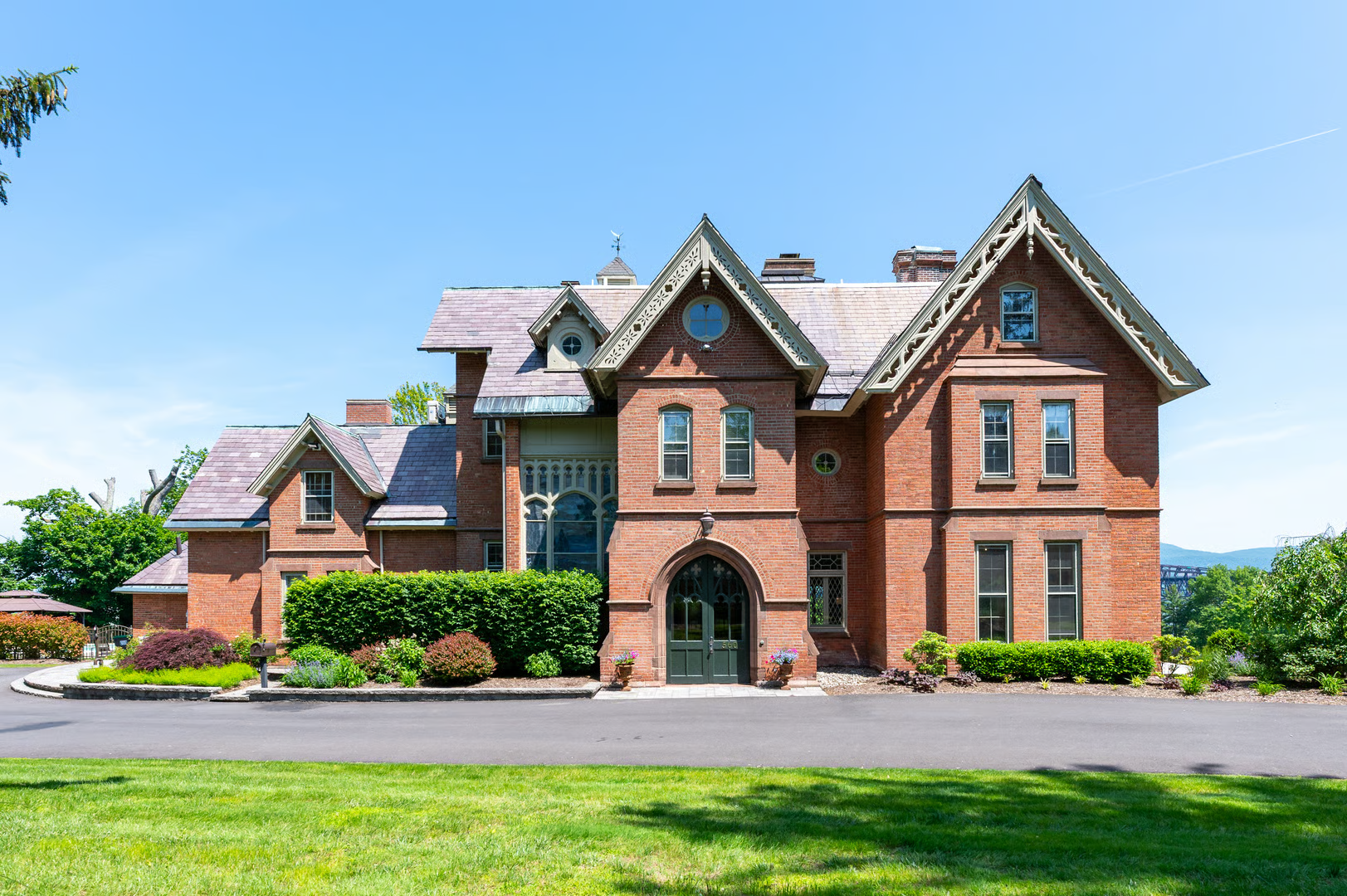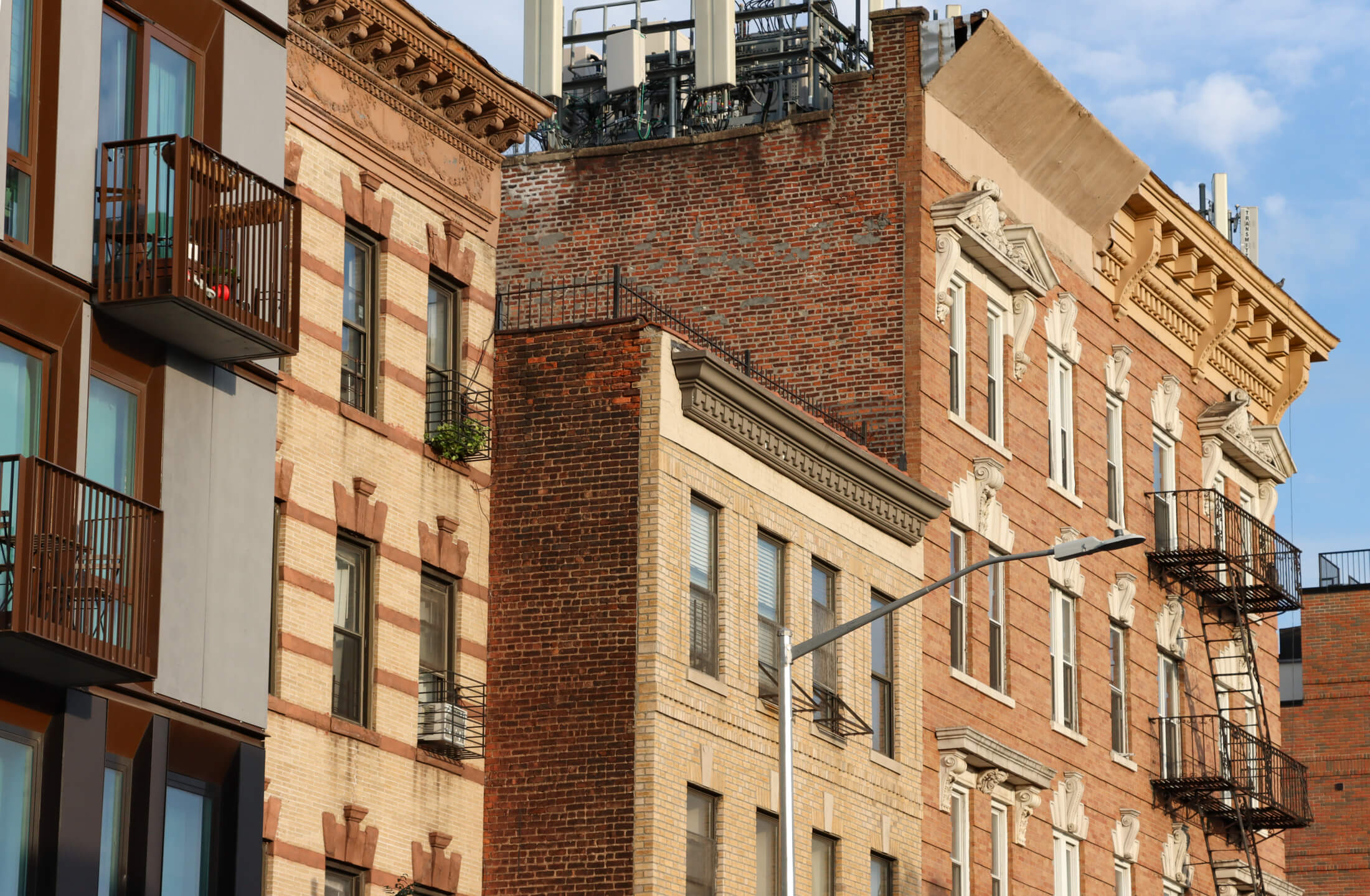MTA Board Approves $68 Billion Plan Despite Hochul’s Congestion Pricing Pause
The transit agency’s next five-year capital budget got the green light, but board members and transit advocates are imploring Albany to figure out where the funding will come from.

Congestion pricing advocates rally at the Bowling Green station ahead of MTA board meeting, September 25, 2024. Photo by Ben Fractenberg/THE CITY
This article was originally published on by THE CITY
Want more reporting from THE CITY? Sign up for Scoop, our free weekday newsletter, to have our latest news delivered right to your inbox.
The MTA board on Wednesday approved a $68.4 billion blueprint for big-ticket upgrades in the transit agency’s new five-year capital program — even as billions of dollars in funding remain unaccounted for in the current plan and the next one.
The MTA board had until October 1 to submit the 2025-2029 plan for system upkeep and expansion to the state’s Capital Program Review Board, which has 30 days to review and approve it.
MTA board members signed off unanimously even though Governor Kathy Hochul’s congestion pricing pause in June left a $16.5 billion gap in the transit agency’s capital budget. The vehicle-tolling initiative is legally mandated under a 2019 state law that aimed to raise billions for transit upgrades in the 2020-2024 plan.
“It’s the costliest plan yet, with the biggest funding question mark,” said Lisa Daglian, executive director of the Permanent Citizens Advisory Committee to the MTA.
Hochul’s indefinite delay forced the MTA to scale back the plan, slowing subway signal replacement projects, while also deferring the purchase of electric buses and legally binding accessibility upgrades at 23 stations.
And that’s before the MTA faces a projected $33 billion funding gap in the new plan.
“This is all on Governor Hochul — she made the mess, she has to fix it, yet she has brought no solutions to the table,” Jennifer Van Dyck, a member of the Elevator Action Group, which advocates for increased accessibility, said during the meeting’s public comments. “And you seem to be relying on Hochhul’s word, which we all can attest to, counts for nothing.”
Hochul pledged in June to come up with a “comprehensive approach” to funding the MTA’s existing and next capital plans and in August said a congestion pricing alternative could come by the end of this year.
“The governor’s transit math simply doesn’t add up without congestion pricing,” Rachael Fauss, senior policy advisor for Reinvent Albany, testified before the meeting.
MTA chairperson and CEO Janno Lieber has publicly been optimistic that Albany and the governor will find a way to come up with the money.
“We’ve said, again and again, that we do take her at her word,” Lieber said last week at an unveiling of the new plan.
On Wednesday, he said putting the upkeep and expansion plan in front of the Capital Program Review Board is “cause for celebration.”
“We understand that the program’s got to go through the Albany process,” Lieber said. “But this was an important milestone.”
‘A Long Way to Go’
The plan approved Wednesday — which largely focuses on keeping the transit system in safe and reliable shape — faces an even more daunting funding hole.
Ahead of the Wednesday vote, board members said lawmakers must come up with the missing money in order to keep the MTA from taking on more debt, cutting service or raising fares more than projected.
“We’ve only identified 50 percent of the sources, roughly, of this plan — that’s a long way to go,” said Neal Zuckerman, who represents Putnam County and is chairperson of the MTA board’s finance committee. “And as the public may not really understand, we don’t have that many levers.”
Critics have said the 2025-2029 plan is less ambitious than its $50 billion predecessor because of inflation, even as it comes with the heftiest price tag in agency history.

“The biggest unknowns, of course, are the sources and amount of money that will fill the gaping financing hole,” said Andrew Rein, president of the Citizens Budget Commission, a nonprofit watchdog group.
The most sizable portions of the next plan call for nearly $11 billion to be spent on 2,000 new subway and commuter rail cars to replace those that have been running since the 1980s. It also projects putting $9 billion into maintaining critical structures that include tunnels, viaducts, and elevated subway lines.
“This is a plan that is really made up of the nuts and bolts,” said Deputy Mayor Meera Joshi, an MTA board member. “It’s not the stuff that headlines are made of, it’s the ingredients that actually make our daily commutes reliable, it’s the ingredients that allow New Yorkers to access everything New York has to offer.”
But the regional transportation network that moves millions of New Yorkers daily must first contend with the latest in a long line of fiscal challenges, the one created by Hochul’s sudden shift on tolling motorists south of 60th Street in Manhattan.
“It’s a shame that one key unknown was caused by the former champion of riders, Governor Hochul, who turned her back on us when she paused congestion pricing,” Daglian said.
Our nonprofit newsroom relies on readers to sustain our local reporting and keep it free for all New Yorkers. DONATE to THE CITY
Related Stories
- MTA Lays Out $68 Billion Big-Ticket Wish List for Transit, Despite Congestion Pricing U-Turn
- MTA Capital Plan Includes Proposed Interborough Express Light Rail Project
- G Train Runs Again in Greenpoint as MTA Signal Work Moves to Bed Stuy
Email tips@brownstoner.com with further comments, questions or tips. Follow Brownstoner on X and Instagram, and like us on Facebook.





What's Your Take? Leave a Comment